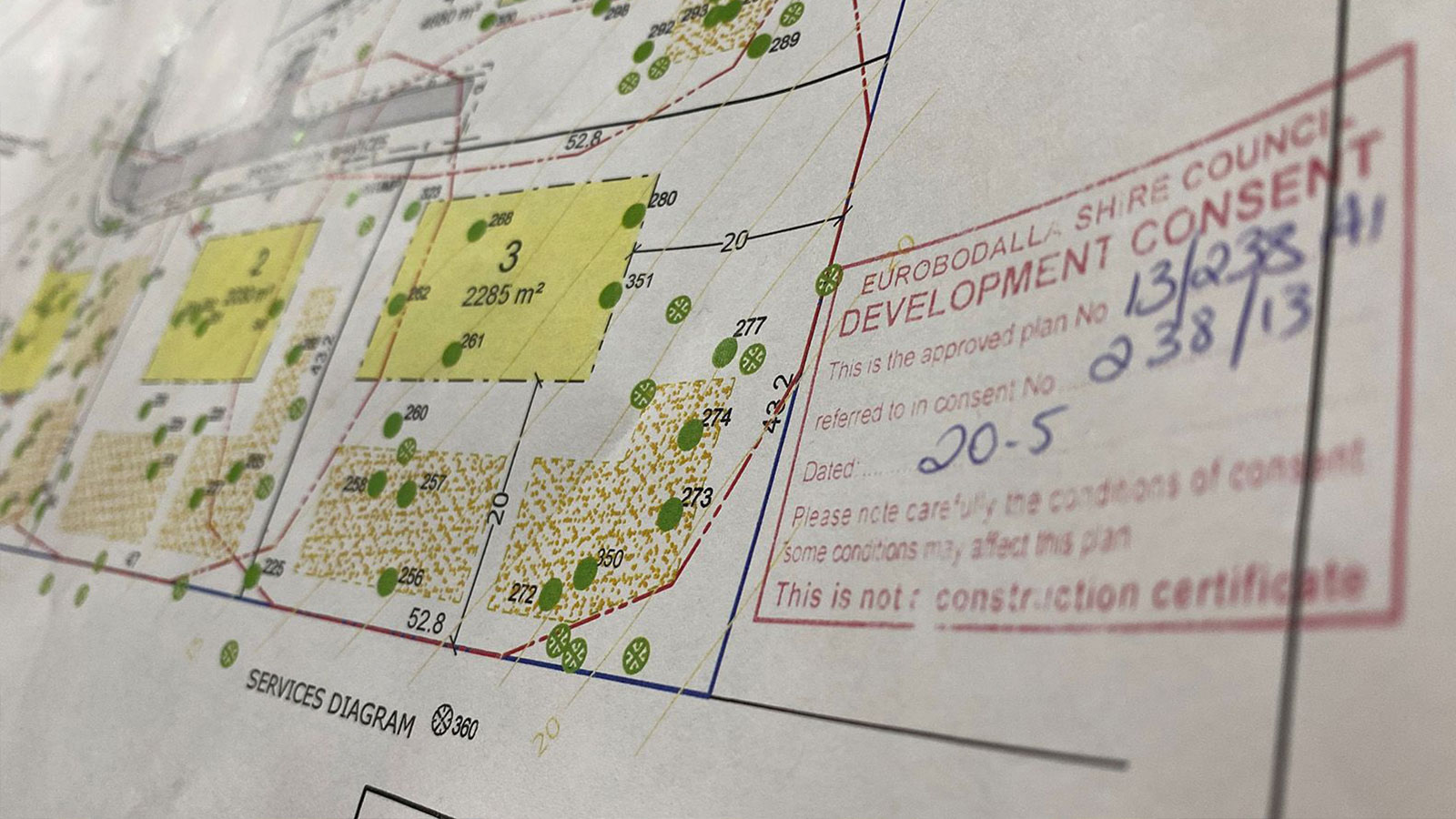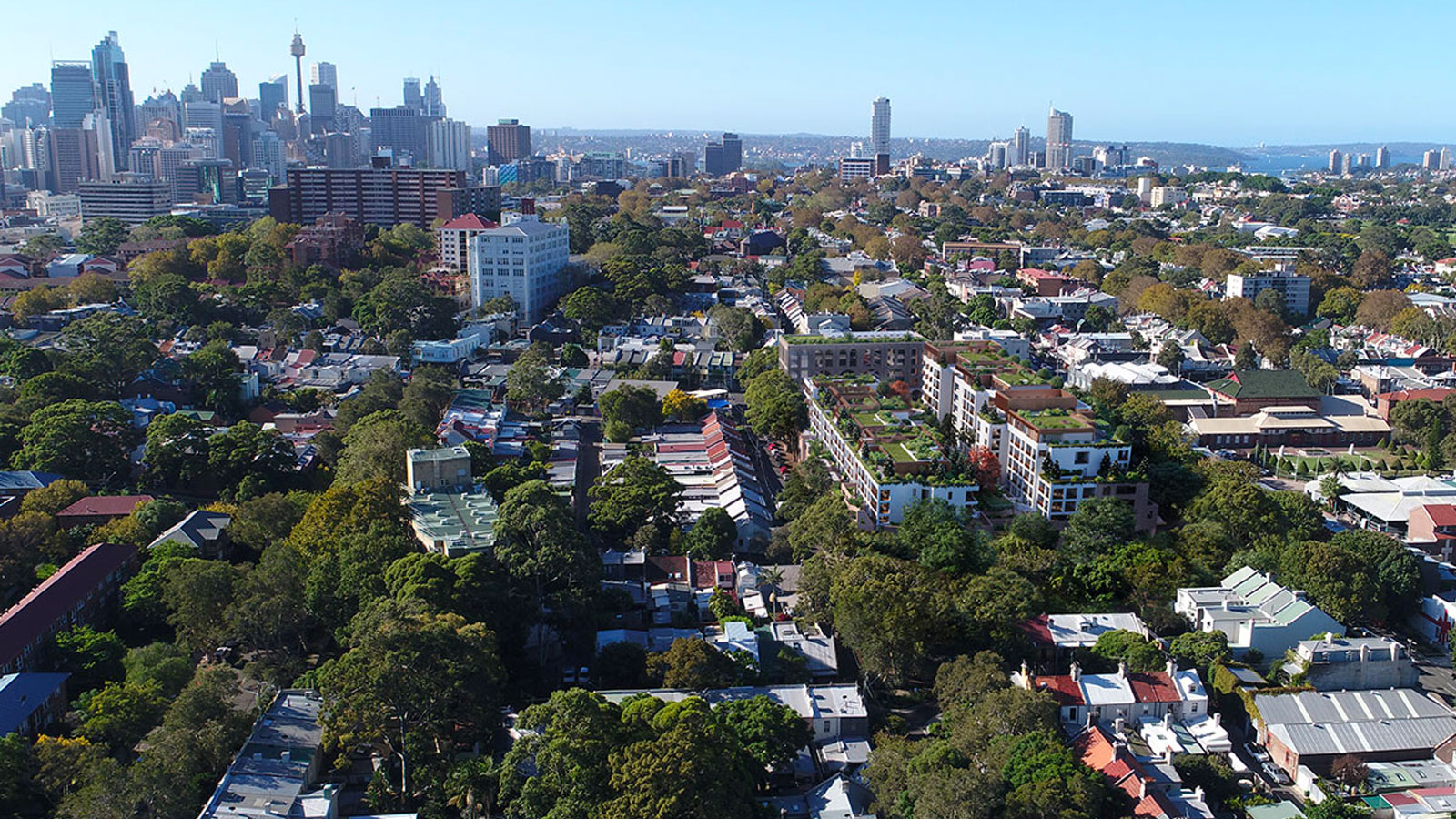Resources
Newsletter
Stay up to date and with the latest news, projects, deals and features.
SubscribeAlmost 60,000 development applications have been approved in NSW between 2019 and 2020, but decision times are still lagging, taking on average three months to determine.
According to the latest annual report card on the state’s local government sector, comparatively analysing the operations of 128 councils across NSW, $84 billion in development was moved through the system during the year.
The result is down on 63,000 applications processed between 2018 and 2019, at an average of 70 days, creating an uplift of $85 billion in investment.
In order to address delays, state governments across the country have been dusting off plans and boosting decision-making frameworks to speed up the rollout of projects to keep people in work and restart the economy post-pandemic.
In July 2020, the NSW government formed the Planning Delivery Unit (PDU), headed by former Liverpool City Council chief executive Kiersten Fishburn, to streamline the planning system and address bottlenecks within the state’s planning system.
EG Advisory managing director Shane Geha told The Urban Developer that while there had been a steadying influence to support employment in the local government sector, approval times in NSW have not improved in the past two years.
“I think that the figures are well dressed for local government,” Geha said.
“In my experience, I would say that these are actually the slowest approval times for both rezonings and development applications that I have seen in two decades.”

Between 2000 and 2001, the average determination period for almost 50,000 development applications was 27 days.
Since July, all NSW applications, from a minor home alteration to a multi-billion-dollar development, are now required to be lodged through the NSW Department of Planning, Industry and Environment.
Once the development application is lodged with the council, it can take between 21 and 90 days for a decision.
The state government had estimated that 90 per cent of housing approvals would be determined within 40 days of lodgement by 2019, a target that has since been missed.
The PDU, however, is focused on reducing bottlenecks in larger development applications, state significant developments and planning proposals.
Its formation followed a spate of fast-tracked approvals by the state government during 2020.
At the time, policymakers explained that assessments under the acceleration program would not skip normal checks, balances or community consultation processes, but would instead focus on projects that could commence within six months.
Treasurer Dominic Perrottet said the PDU would also prioritise project delivery in regional NSW by directing planning panels to determine projects, where necessary, if a decision had not been made within 120 days.
A commitment of $4.5 million on a pilot program aimed at slashing assessment times for regionally significant development applications was made in July.
Thirteen regional councils in the state have been given a $350,000 grant to appoint and upskill staff, improve technology and engage planning panels to reduce assessment times by at least 25 per cent.

“There’s now more regulation and more bureaucracy to help with the bottlenecks but unfortunately we can see the approval times going in the opposite direction to the desired faster timeframes,” Geha said.
“This is not about blaming anyone or complaining uncontrollably, but NSW will shortly know the real importance, in a post-pandemic world, of why it is important to have approvals in the system to bring about investment and employment in the state.
“We need to care more and if we do, then and only then, will things improve.”
New South Wales is now leading the way for building approvals, hitting highs last seen in the 1980s.
A Department of Planning, Industry and Environment spokesperson told The Urban Developer housing approvals had more than tripled since 2009, with more than 57,000 homes approved in the past year alone, well above the average for the past 20 years.
“Every reform that the industry has asked for is being delivered as part of the biggest reform process in the NSW planning system in generations,” they said.
“There are more than 100,000 dwellings already approved where construction has not started.
“We would expect the housing sector to get on and start building these homes, and work closely with the state and local governments to deliver supporting infrastructure where required.”
The state government has forecast a further 725,000 new homes will be needed by 2036 to meet demand based on current population projections.
A typical Sydney house is now about $150,000 more expensive than it was at the end of January this year, while units have experienced a gain of $90,000.
Economics has forecast dwelling prices to rise by 20 per cent nationally over the year, with Sydney expected to experience the biggest surge in values.
Housing affordability is now under pressure with building approval rates affecting the delivery of housing targets.
The knock-on is that residential property construction times have now blown out to double during the year as labor and material shortages, particularly steel and timber, cripple the industry.
A single-storey dwelling, which required six to eight months to build in 2019-2020, now takes between 12 to 16 months, while a double-storey home, which had previously taken 10 to 12 months, is now taking 14 to 20 months to complete.